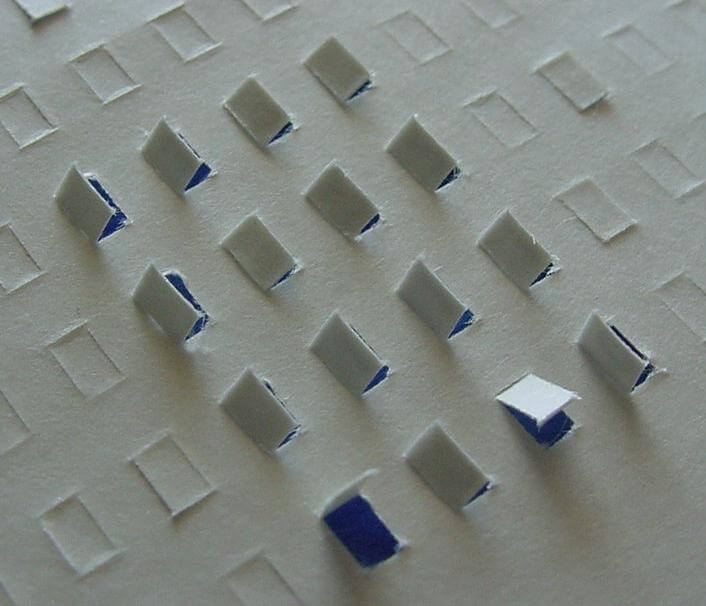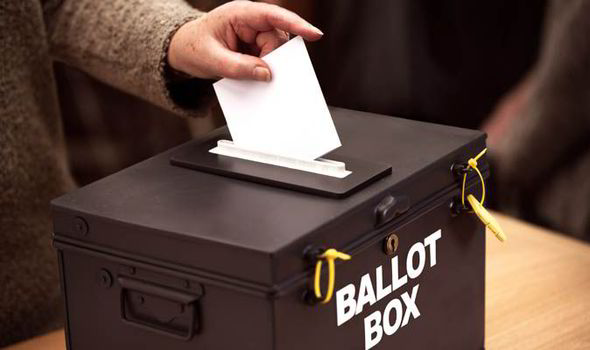Spoilt Ballots - Spoiled Vote
Remember the hanging chad? That something so slight – a tiny fillip of paper dangling from the back of a punch card ballot – could result in the declaration of a spoiled ballot still rankles a large portion of the American electorate.
The Hanging Chad Story
Because thousands of people in the 2000 Presidential election failed to push hard enough on the voting stylus to fully detach the chad from the ballot, thousands of votes were declared null and thrown out. In the 2000 election, that contributed to George W. Bush winning Florida by just 537 votes – and with that win he took the Electoral College and went on to become the 43rd President of the United States.

How to Spoil a Ballot
Ballots are declared spoiled (or spoilt) for many reasons. They may contain no vote at all. They may have been defaced. They may also have been improperly completed – by voting for too many candidates, for example. They may contain so many corrections that the will of the voter is unclear. That a chad had not been fully punched from the ballot was seen by some vote counters as evidence that the voter’s will could not be ascertained – even if the chad was hanging from the only hole punched in the ballot.

Preventing Spoiled Vote
Where ballots are declared spoiled for many of these reasons, electronic voting systems provide clear advantages. The systems can be tuned to prevent voters from selecting too many candidates, for example. There’s no physical ballot to deface and nothing analogous to a hanging chad. A voter might for some reason abstain from casting an electronic vote, but they’re opting not to vote in that scenario. That’s a choice that voters have a right to make, which is very different than denying a voter a voice because they’ve left a slight square of paper to dangle by a thread from the back of a ballot.

